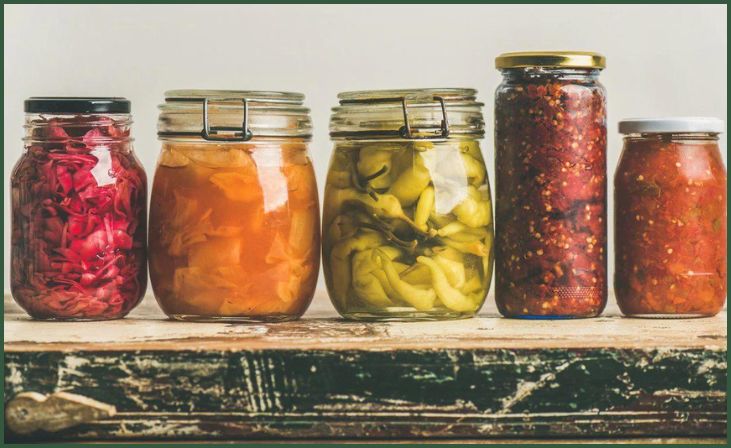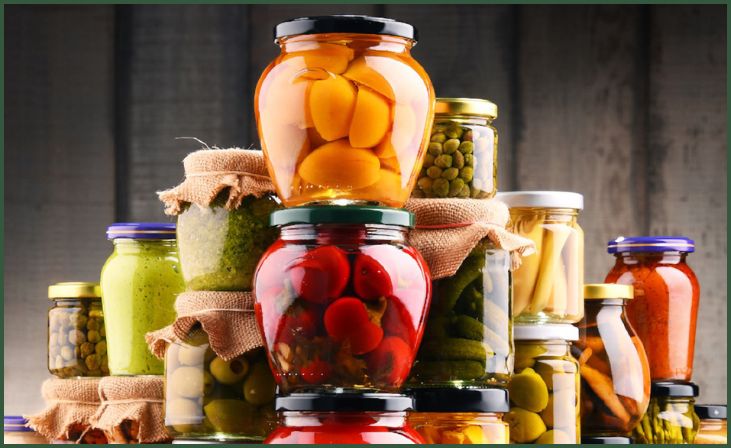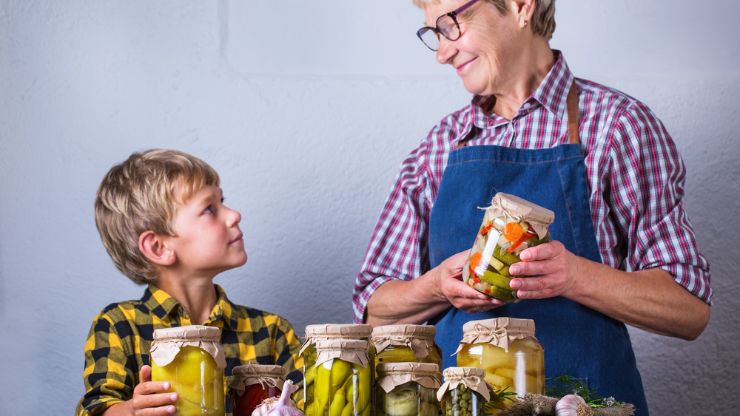Teaching Children about Fermentation can be an incredibly delightful and educational experience. In this comprehensive guide, we will take you on a journey through a wide array of engaging and interactive methods that will not only help children grasp the intricate science of fermentation but also leave them with a sense of wonder and excitement.
From the simple joy of making sourdough bread from scratch to the fascinating world of experimenting with kombucha, we’ve got every aspect of this unique learning adventure covered. It’s our mission to make learning about fermentation an enjoyable and enriching experience for children of all ages. So, let’s dive in, roll up our sleeves, and embark on this exciting journey to make learning not just educational but also incredibly fun!
Table of Contents
ToggleThe Basics of Fermentation

Understanding the fundamentals of fermentation is a crucial step before we delve into teaching children about this captivating process. Fermentation is a natural phenomenon that has shaped the creation of numerous beloved foods and beverages throughout history.
Also Read:- Stages Of Fermentation
What Is Fermentation?
Fermentation can be thought of as a magnificent transformation orchestrated by microorganisms, specifically yeast and bacteria. These tiny creatures work their magic by breaking down sugars into a variety of other substances, which can include alcohol, organic acids, and a range of flavorful compounds. This process is the secret ingredient behind the creation of a multitude of delectable foods and drinks, such as bread, yogurt, and pickles.
To make it simpler for children to grasp, you can compare fermentation to a kind of culinary wizardry where microbes are the wizards, and sugar is their magical potion. By understanding the role of these microbial wizards, children can begin to appreciate the enchanting world of fermentation.
Why Teach Children about Fermentation?
Introducing children to the wonders of fermentation is an exceptional way to nurture their interest in the fields of science, biology, and even chemistry. It provides them with a hands-on experience that vividly illustrates how these tiny living beings can orchestrate remarkable transformations in the world of food.
By teaching children about fermentation, we ignite their curiosity and allow them to embark on a journey of exploration. They’ll learn that even the simplest ingredients, when paired with the right microorganisms and a dash of patience, can lead to extraordinary results.
Fun Activities to Teach Fermentation

To truly engage children in the world of fermentation, it’s essential to incorporate exciting and memorable activities. Here are some delightful options:
Bake Sourdough Bread Together
One of the most educational and delicious activities to introduce children to fermentation is the process of baking sourdough bread. Not only does this teach them about yeast and fermentation, but it also leaves them with a mouthwatering reward. Children will witness firsthand how yeast transforms a simple mixture of flour, water, and a pinch of salt into a beautifully risen loaf of bread.
As they knead the dough and watch it rise, they’ll understand that patience and time are crucial aspects of the fermentation process. And when they finally bite into their warm, freshly baked bread, they’ll appreciate the wonders of science and nature.
Explore the Magic of Kombucha
Kombucha, a fermented tea, possesses an almost magical quality that captivates the curiosity of children. Show them how to brew kombucha, and they’ll be enthralled as they observe the remarkable transformations that occur during fermentation.
Don't just scroll, subscribe!
BuzzTrail's unique web-stories are the cure for boredom you've been waiting for.
Children can become junior alchemists, combining tea, sugar, and a kombucha culture to witness the tea’s gradual metamorphosis. As the days pass, they’ll see the tea turn from sweet to tangy, and the carbonation develop. It’s a tangible and fascinating experience that teaches them about the power of fermentation in a fun and interactive way.
Create Homemade Pickles
Pickles are a favorite snack among children and adults alike. Engage children in making their own pickles, and you’ll introduce them to the concept of cucumbers undergoing fermentation to become crunchy and flavorful delights.
By immersing cucumbers in a brine solution and allowing time for fermentation to work its magic, children learn that even the simplest of ingredients can undergo extraordinary changes. Additionally, the opportunity to customize their pickles with herbs and spices adds an element of creativity to the experience.
This activity provides a hands-on lesson in the science of fermentation, as children actively participate in the preservation process, transforming ordinary cucumbers into pickles that they can enjoy.
The Science Behind Fermentation

To deepen children’s understanding of fermentation, it’s crucial to explore the science underpinning this remarkable process.
Microorganisms at Work
Begin by introducing children to the microscopic heroes of fermentation—the yeast and bacteria. Show them how these tiny creatures play a crucial role in the transformation of sugars into various other compounds. By using simple, relatable analogies, children can grasp the concept of these microorganisms as the master chefs of fermentation.
You can liken yeast and bacteria to culinary experts who are skilled at converting sugars into bubbles and unique flavors. This analogy demystifies the role of these microorganisms, making it easier for children to appreciate their significance in the world of food and beverages.
Chemical Reactions Simplified
To provide children with an even deeper insight into fermentation, simplify the chemical reactions involved. Break down complex scientific concepts into child-friendly terms, and discuss how sugar undergoes a magical transformation into bubbles and flavorful compounds with the assistance of these minuscule creatures.
You can use relatable examples, such as explaining how yeast produces carbon dioxide (the bubbles) and alcohol (in small amounts) during the fermentation process, and how these changes contribute to the taste and texture of various foods and drinks.
Also Read:- Fermentation’s Book Review
By simplifying these chemical reactions, you’ll make the world of fermentation more accessible and exciting for children. They’ll begin to see how science can be both magical and understandable.
Conclusion
Teaching children about fermentation can be a thrilling journey of discovery. By introducing them to the magic of microorganisms and the science of transformation, you not only foster their scientific curiosity but also encourage their creativity. From baking sourdough bread to brewing kombucha, there are countless opportunities to make learning fun. So, get started on this exciting educational adventure with your children today!
Frequently Asked Questions
What are the key ingredients for fermentation?
What are the key ingredients for fermentation?
The main ingredients for fermentation are sugar, microorganisms (yeast or bacteria), and time. These components work together to create the magic of fermentation.
Is fermentation safe for children to learn about?
Is fermentation safe for children to learn about?
Absolutely! Fermentation is safe and can be a fun way for children to explore science. Just ensure they are supervised when working with potentially sharp or hot objects.

